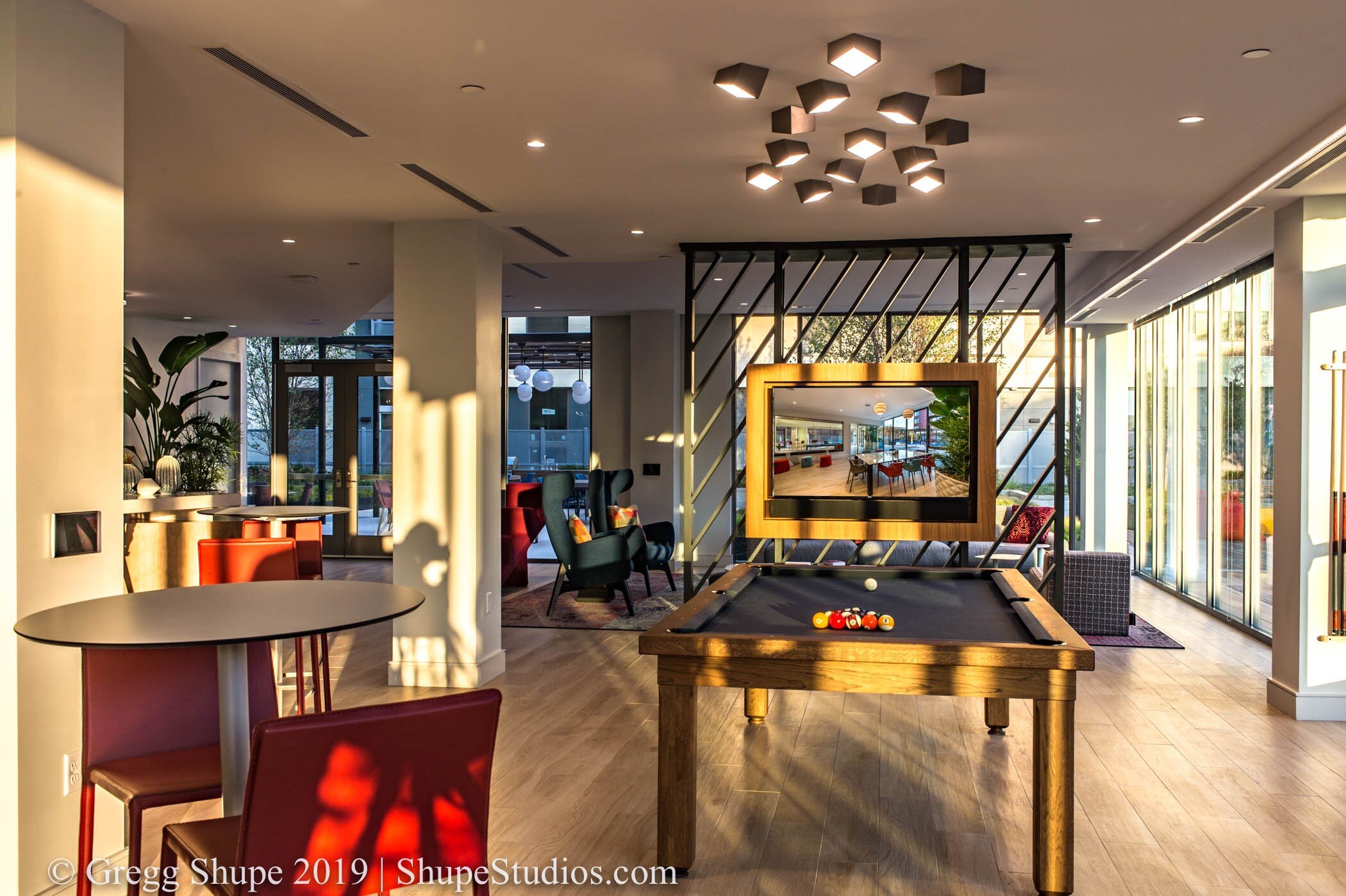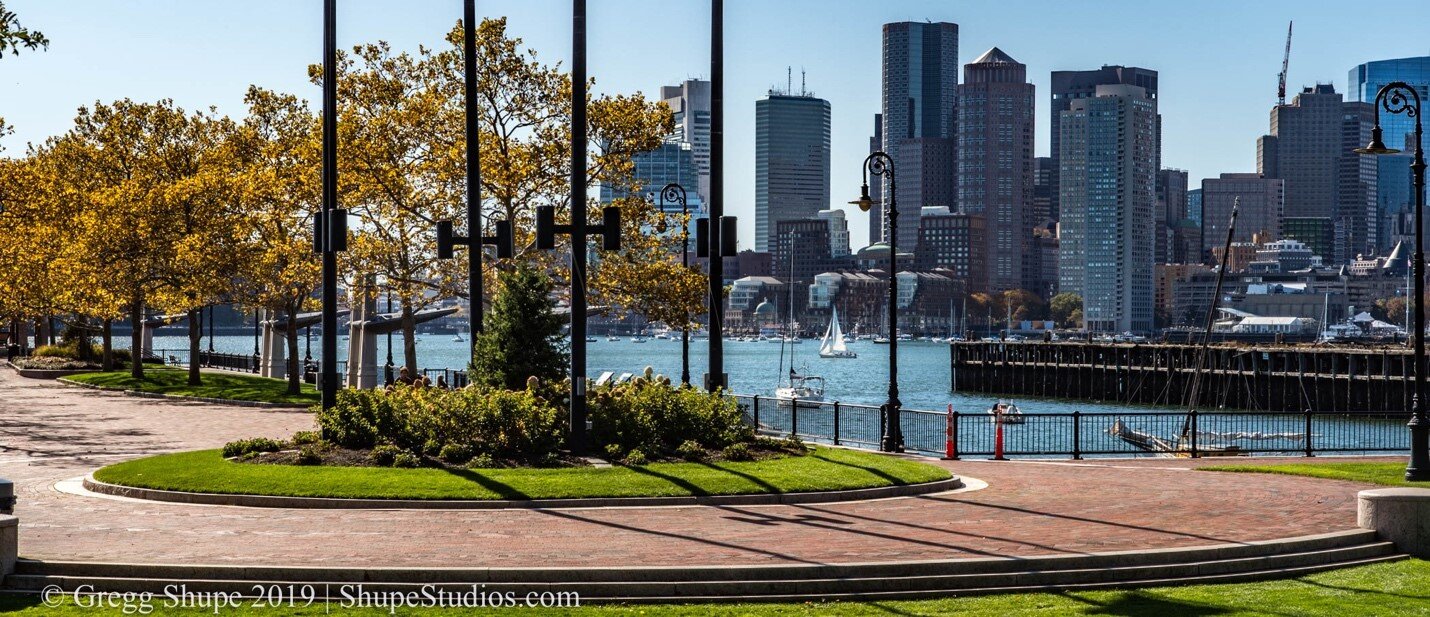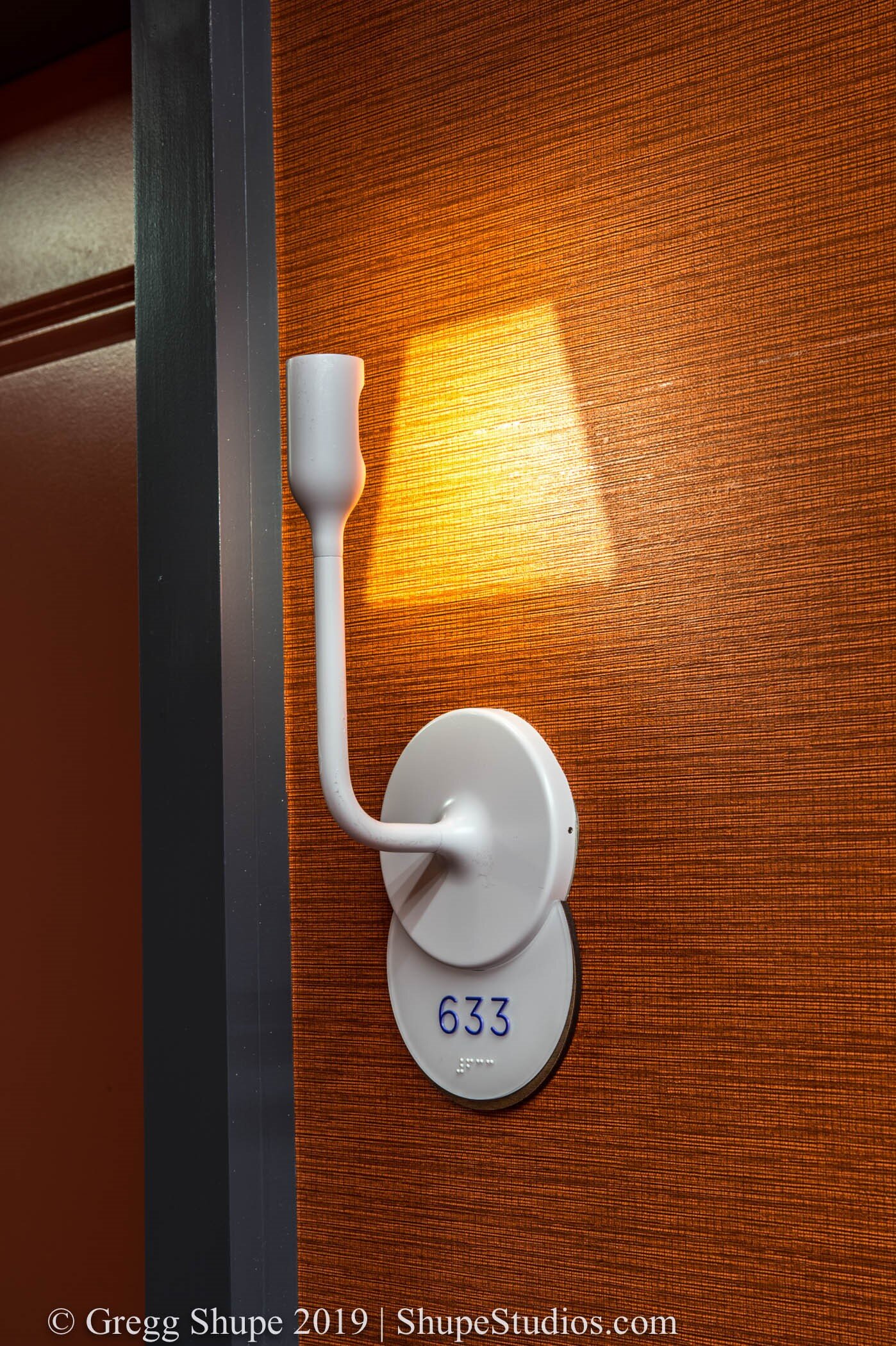While it’s not something you probably think about when you’re at the office or at home, the lighting that surrounds you has a subtle impact on your mood and appreciation. These feelings translate over to professional photography, which already has a strong relationship with lighting. Below, I’m going to talk about how important it is to be aware of the lighting inside and outside of buildings and how changes may need to be made (pre or post-processing) to get the best architectural photography of your business.
The Critical Role of Light in Photography
As I’ve talked about in my previous blog, Why Lighting is So Important in Professional Interior Photography, lighting is one of the biggest factors when it comes to photography. While modern cameras and digital editing can do a lot, the quality of the lighting on any given day is the biggest factor of any shoot. During any walkthrough, looking for how natural and artificial light influences interior and
Natural vs. Artificial Light
While light is the major factor in any shot, the origin of that light brings in its own benefits and issues to a shoot.
Natural Lighting
Especially for exteriors, natural lighting is key. It’s important to understand how this light looks at different seasons and time of day, but even with exteriors, there are options when the light isn’t flattering, like twilight shoots.
Artificial Lighting
While used in exterior shots, especially in low-light conditions, artificial light is the primary source for interior lighting. The type and amount of lighting, especially mixing it with natural light, can transform the presence and mood of a room.
Interior Lighting and Light Temperature
The effect of lighting on a viewer is primarily due to the color of the lighting. While this can be seasonal (cooling light during the winter and warming during the summer), most of it stems from the kind of lighting installed within the building. The temperature of this lighting is measured in Kelvin, with warmer colors lower on the spectrum.
Warm Lighting: Most commonly from incandescent light bulbs, warmer “soft light” colors are in the 2700K – 3000K temperature spectrum. Modern LEDs can also mimic this lighting, though they tend to be more expensive.
Cool Lighting: Standard white LEDs provide a bright light. This light tends to run more “blue,” which can have an energizing effect on occupants but can come out as cold in photography. This is in the 3500K – 4100K temperature spectrum.
Sunlight: Artificial light can provide light temperatures in the daylight (5000K – 6500K) spectrum, which provides high contrast among colors. Note that fluorescent lighting is also in this spectrum, but tends to look “green” in photography.
Altering the Lighting After Photography
As I’ve talked about in my blog, Photography in Winter: Making Lemons into Lemonade, sometimes post-processing work needs to be done on the lighting, especially if there is snow on the ground. Lighting can be moved up or down the temperature spectrum. However, over-Photoshopping a photo can lead to its own issues.
Want to learn more about how lighting can make or break your next photoshoot? It’s time to talk to an expert. Contact Shupe Studios. I’ve been shooting professional architectural photography for over 30 years and can help you might sure every shot is perfect.









